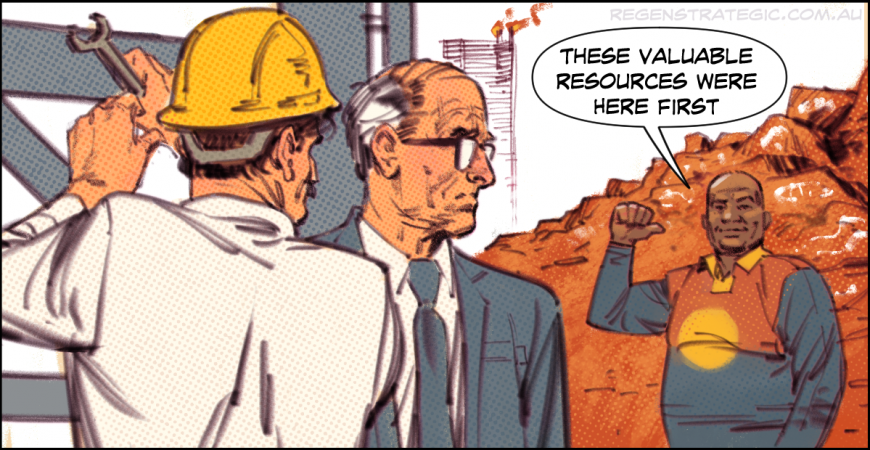If you haven’t seen the World Heritage-nominated Murujuga rock art collection with your own eyes, do yourself a favour.
I first had the privilege 20 years ago, when working in government to establish an air monitoring program to assess the impact of industrial emissions on the site.
Visually spectacular, this rich heritage also tells a story of our past, present and future.
The fact that many of the petroglyphs lay under water reminds us how long Aboriginal people have been connected to Western Australia. Drawings of wildlife like the Tasmanian tiger, also point to a time when the Pilbara experienced a much cooler climate.
And, the depiction of tall ships serve as a mirror, asking us to reflect on the impact colonisation has had on our First Nations’ peoples.
When our biggest export industries were established on Murujuga decades ago, little thought was given to the wishes of Aboriginal people or the value of the region’s heritage.
If we could start again, and Aboriginal people had a Voice, we would probably choose the nearby Maitland Estate, which is largely devoid of rock art, avoiding the destruction that occurred early on.
With the ocean set to subsume even more of the rock art as our climate heats, we may be among a handful of remaining generations able to experience the rock art in its current glory.
Contact the Murujuga Aboriginal Corporation (MAC) to find out how.
This article also appeared in The West Australian newspaper.
 ReGen Strategic
ReGen Strategic